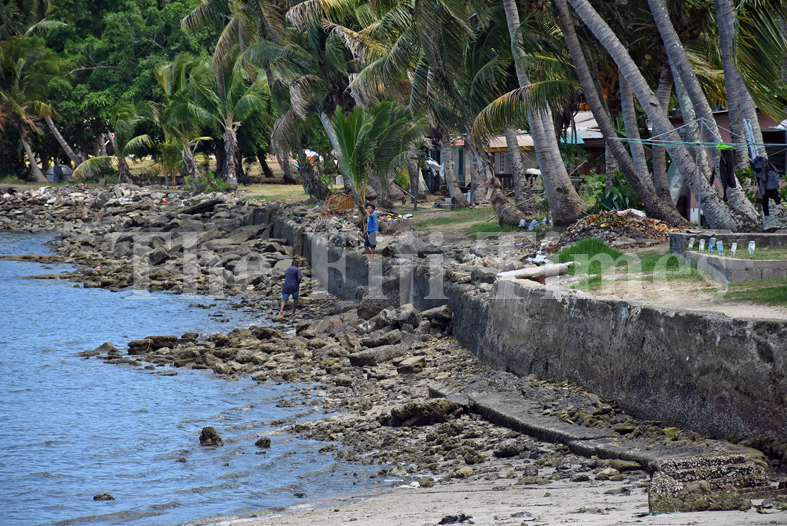More than 40 villages in the country require relocation and more than 200 sea walls are required to be built. Deputy Prime Minister and Minister of Finance Professor Biman Prasad highlighted this while speaking at the announcement of Fiji’s COP29 delegation in Suva on Friday.
“We have over 200 sea walls to build; over 40 villages requiring relocation; over 100,000 hectares of farmlands that need to be protected from saltwater intrusion,” Prof Prasad said.
“100 of village health centres, and schools that are outside our national grid need off-grid renewable energy solutions.”
He said an estimated 80,000 Fijian children were still unable to do their school homework or just read without access to electricity and who urgently needed to be connected to sustainable energy.
“We have long-term residual damage to infrastructure ranging from island airports to jetties, schools and health centres in urgent need of repair and reconstruction in some cases as a result of successive extreme weather events.
“We need to build resilience across our health centres and medical facilities; we have to deliver food and water security that can withstand both current and future climate change impacts.”
Prof Prasad, who would be heading the delegation, said all this was just part of what was required to achieve long-term climate security in Fiji.
“Careful navigation of these issues continues to be required at the diplomatic level, but my firm view is that wherever politics prevent or distort progress, we must ensure we are oriented by the science and always be the first to call for pragmatism and appropriate compromise.
“It is important for us to be clear that the ambition set through the New Collective Quantified Goal (NCQG), is a direct proxy for the ambition to keep global average temperature rise below 1.5 degrees Celsius.
“That the ambition set through the NCQG is a proxy for understanding the degree to which developed countries are truly committed to tackling the loss and damage that we experience and will continue to experience into the future.
“And it is a proxy for understanding the viability of our pathway to future-ready climate resilient development outcomes.”



